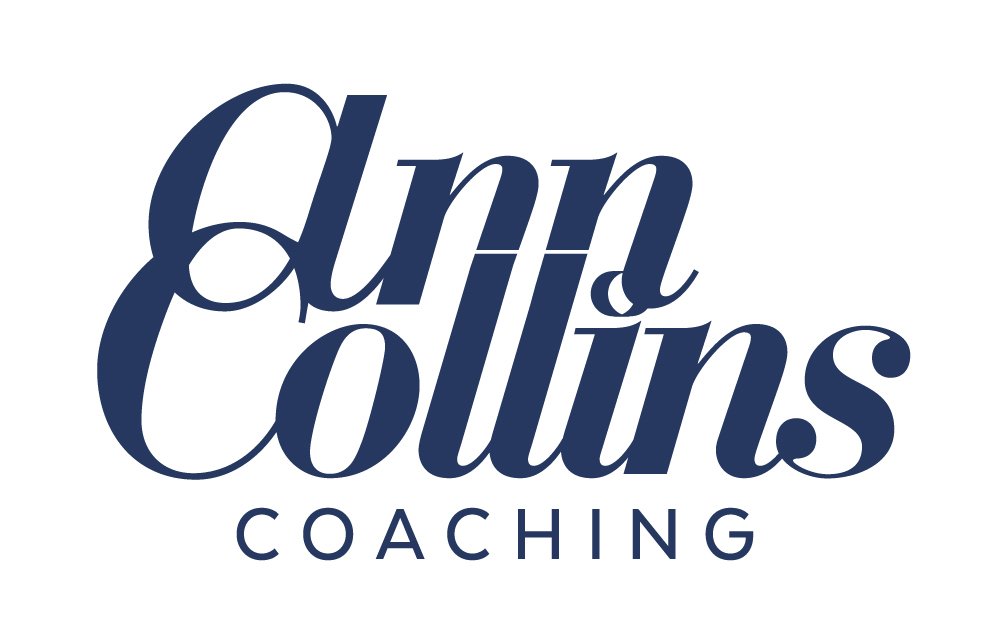The neuroscience of change and how to stop sabotaging your brain's hard work
February 9th 2023
Ann Collins
"If you don't like something, change it. If you can't change it, change your attitude." Maya Angelou
If our brains are designed to be flexible and adaptable, I'm always surprised that we generally find change difficult. Is it a design fault?!
On one level, our brains dislike change, even though they are primed to grow, search out possibilities and develop. Their primary goal is to enable the body to survive in the most energy efficient way possible: using the tried and neural pathways of yesterday!
Mental challenge creates new neural pathways which uses a lot of energy and the brain logs the amount of energy it requires, to function in everyday life. If additional mental effort is required, the brain needs some priming and encouragement to go the extra neural mile!
Why our traditional approach to change feels hard
When we need to analyse problems and generate solutions our approach to change generally requires us to think consciously.
Imagine a classic cycle of change used across industries: we start with an analysis/evaluation of the situation; devise a plan of action; implement; evaluate the results and restart. This cycle has many advantages and it is logical and easy to communicate however it also flawed. 95% of our actions are carried out autonomously and subconsciously. This means that to implement change, we need to understand and identify our automatic thought process and habits and learn how to change them.
However, when we analyse the "gaps" in performance, we tend to look at gaps in skills in an isolated way (for example, we need to have better IT skills) rather than considering the thoughts and habits we need to change or create!
What our brain needs to make changes
Improved self-awareness, "thinking about thinking" or metacognition allows us to reflect, refine and adapt. It also helps us to be more flexible AND stable - qualities that allow the brain to work at its best. Sometimes referred to as "dynamic stability" (David Rock), this is the ideal state for our brains to function well.
In my coaching work with high performing teams, I observe groups doing this naturally. Without thinking, they step back, reflect and adapt, thinking clearly with flexibility and stability. This allows them to explore difficult issues, embrace problems as an opportunity and learn together in psychological safety.
How can we help our brains to harness this mode of optimal learning?
Design clear goals: our brains love focus, clarity and a clear intention to change
Nurture a relaxed and alert brain with the right amount of stimulation that is ready to learn
Self-care: a combination of sufficient sleep, exercise and nutrition so the brain can function well
It can feel like a daunting list of things to put into place: gain clarity, manage emotions, stress levels and prioritise self-care! Getting clear on what is truly important to you and what you need for your brain to be in a state of "dynamic stability" is the best place the place to start.
The same can be asked within a team where the discussion itself is a way of developing clear intentions, challenging unhelpful thoughts and understanding others better. Our brains are also affected by those around us, so collaboration impacts our brains too. Planning for change just got exciting!

